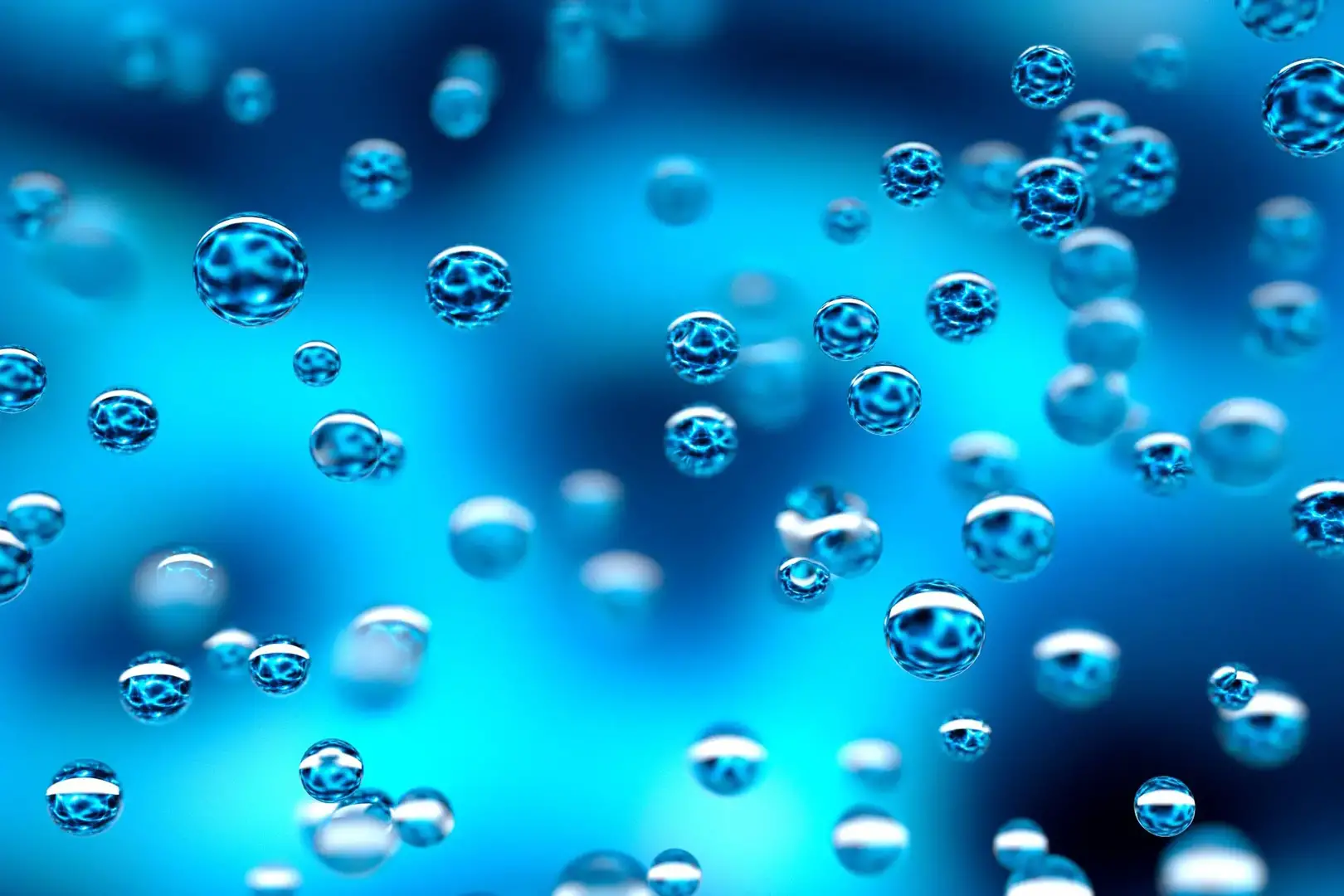A research group from the University of Barcelona presents an innovative theoretical study examining the unique properties of water. Water, a molecule essential to life, exhibits unusual properties called anomalies that determine its behavior. Despite extensive research, many mysteries remain about the molecular mechanisms underlying these anomalies that make water unique. Resolving and reproducing this characteristic behavior across different temperature ranges remains a serious challenge for the scientific community.
The study now offers a new theoretical model that can overcome the limitations of previous methodologies for understanding how water behaves under extreme conditions. The paper, which appears on the cover of The Journal of Chemical Physics, is led by Giancarlo Franzese and Luis Enrique Coronas from the Department of Physics and the Institute of Nanoscience and Nanotechnology (IN2UB) at the University of Barcelona.
The research not only advances our understanding of water physics, but also provides implications for technology, biology and biomedicine, including the treatment of neurodegenerative diseases and the development of advanced biotechnologies.
CVF Model: Better Understanding of Water Physics
The study, which is the result of the doctoral thesis Louis E. Coronas, presented in 2023 at the Faculty of Physics of the University, demonstrates a new theoretical model corresponding to the abbreviation CVF (the initials of the surnames of the researchers Luis E. Coronas, Oriol Vilanova and Giancarlo Franzese). New CVF model is robust, efficient, scalable and transferable and includes quantum computing initiallyWhich accurately reproduces the thermodynamic properties of water under various conditions.
Applying a new theoretical framework, the study shows that “there is a critical point between two liquid forms of water, and that this critical point is the source of the anomalies that make water unique and important for life and many technological applications.” Professor Giancarlo Franzese, Department of Statistical Physics, Department of Condensed Media Physics.
“Although this result has already been made in other water models, none of them have the specific properties of the model we developed in this study,” says Franzese.
Some modern models to explain water anomalies fail to adequately reproduce the thermodynamic properties of water, such as its compressibility and heat capacity.
“But the CVF model does this because it contains the results of the first quantum calculations of the interactions between molecules. These interactions, known as many body problems“It goes beyond classical physics and has to do with the fact that water molecules share electrons in a way that is difficult to measure experimentally,” Franzese says.
According to the study, “density, energy and entropy fluctuations in water are governed by these quantum interactions, with effects from nanometer to macroscopic scales,” says researcher Louis E. Korolar.
Koronas continues: “For example, water regulates the exchange of energy and molecules, as well as the aggregation of proteins and nucleic acids in cells. Presumably, defects in these processes cause serious diseases such as Alzheimer’s disease, Parkinson’s disease and amyotrophic lateral sclerosis. Therefore, it is important to understand how water fluctuations affect these processes.” “Understanding what it contributes to may be key to finding treatments for these diseases.”
Promoting the development of new biotechnologies
The CVF model also offers new advantages, allowing calculations to be performed where other models fail because they are too computationally difficult or deviate significantly from experimental results.
In the field of technological development, some laboratories are developing biotechnologies to replace muscles (mechanical actuators) that exploit the quantum interaction of water; the use of water-based memristors (their capacity is millions of times greater than existing ones) to create memory devices or graphene sponges that separate water from impurities due to water density fluctuations in nanopores.
There are also implications for understanding the physics of water. “This model is able to reproduce the properties of liquid water at almost all temperatures and pressures on our planet, although it may differ in extreme conditions obtained in laboratories,” say experts. “This suggests that effects not included in the model – nuclear quantum effects – are also important at these extreme pressures and temperatures. Model constraints therefore tell us where we need to improve to obtain the final model formulation,” they conclude.
Source: Port Altele
